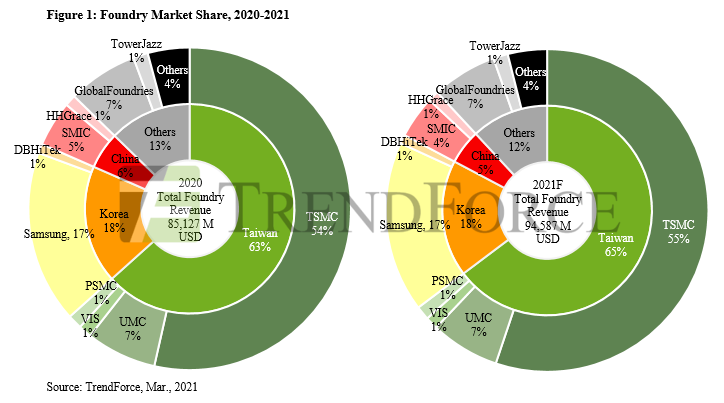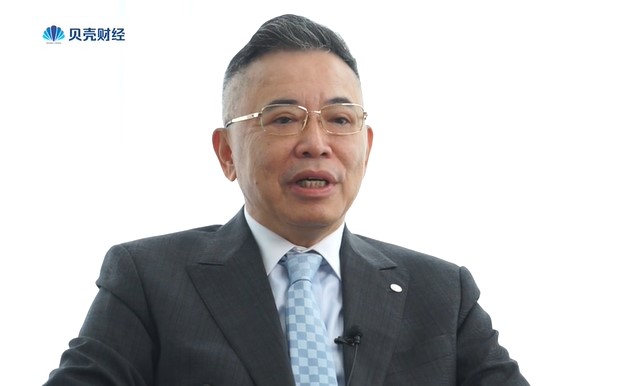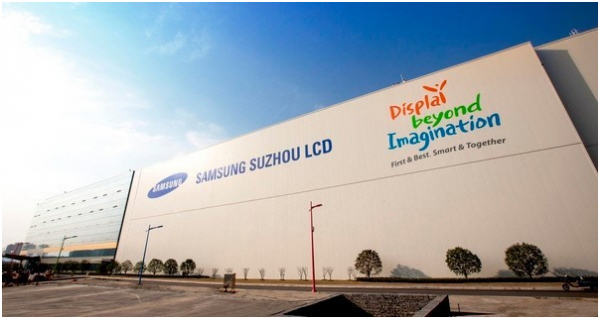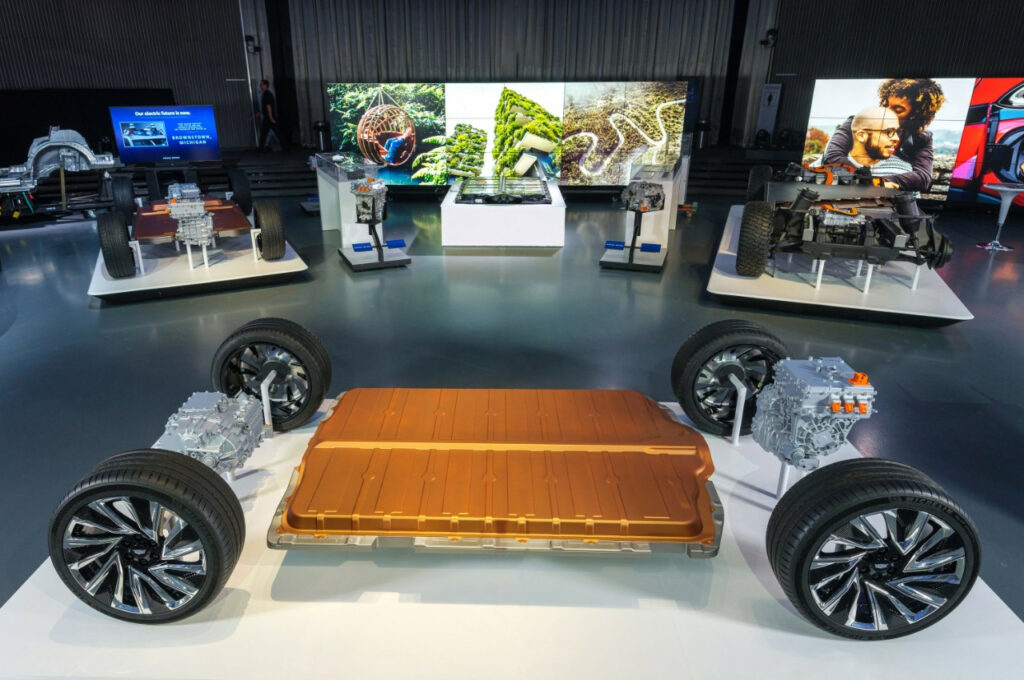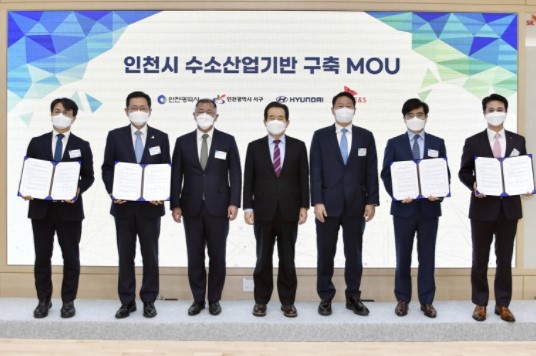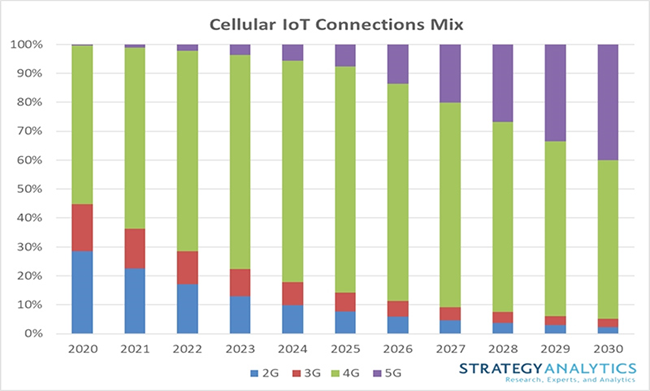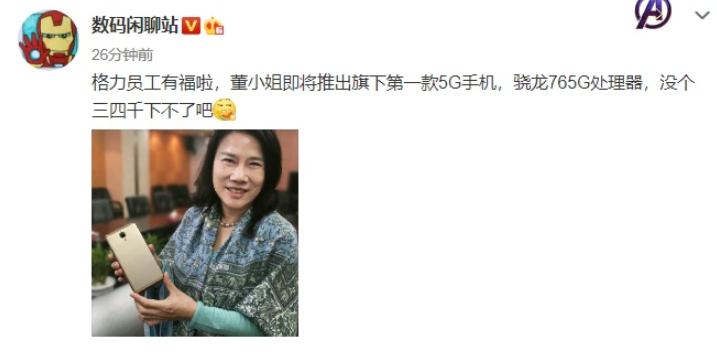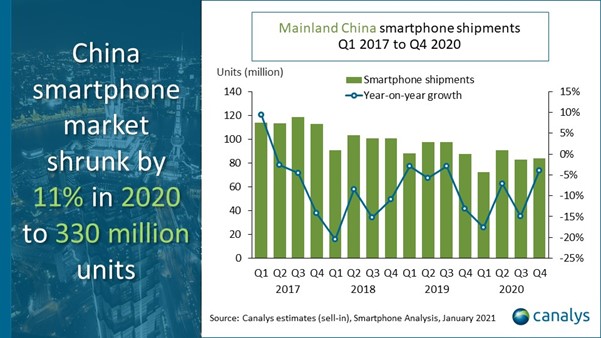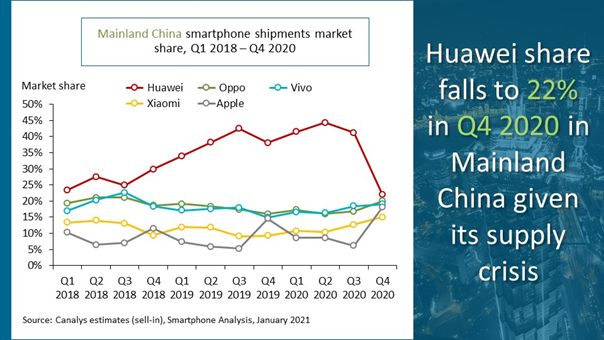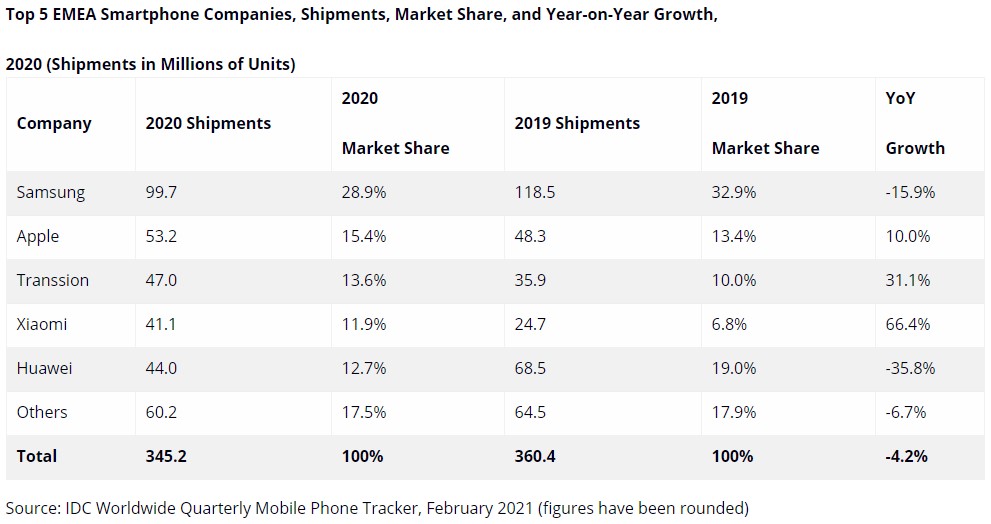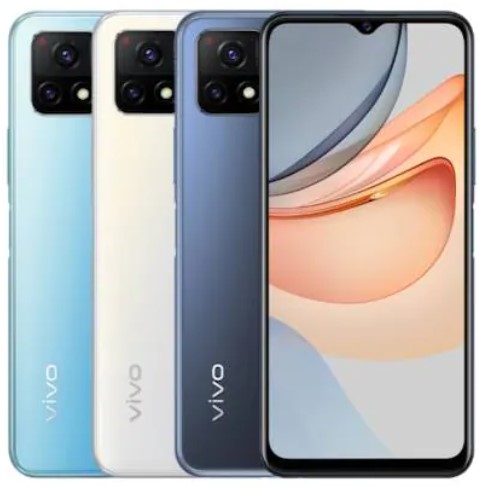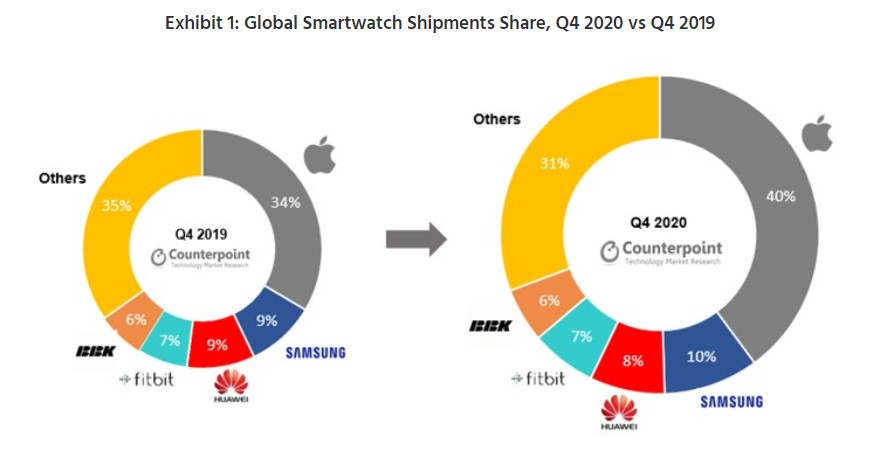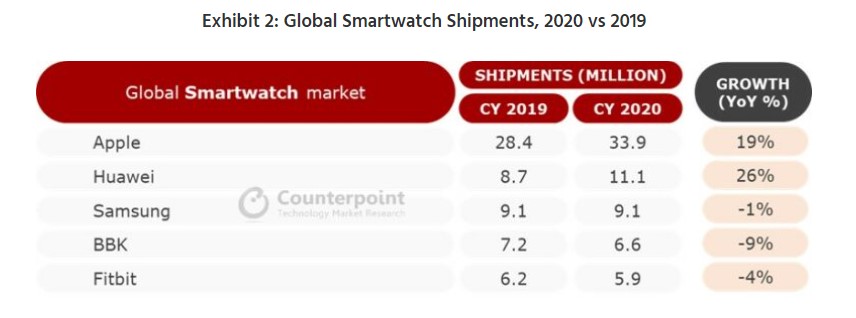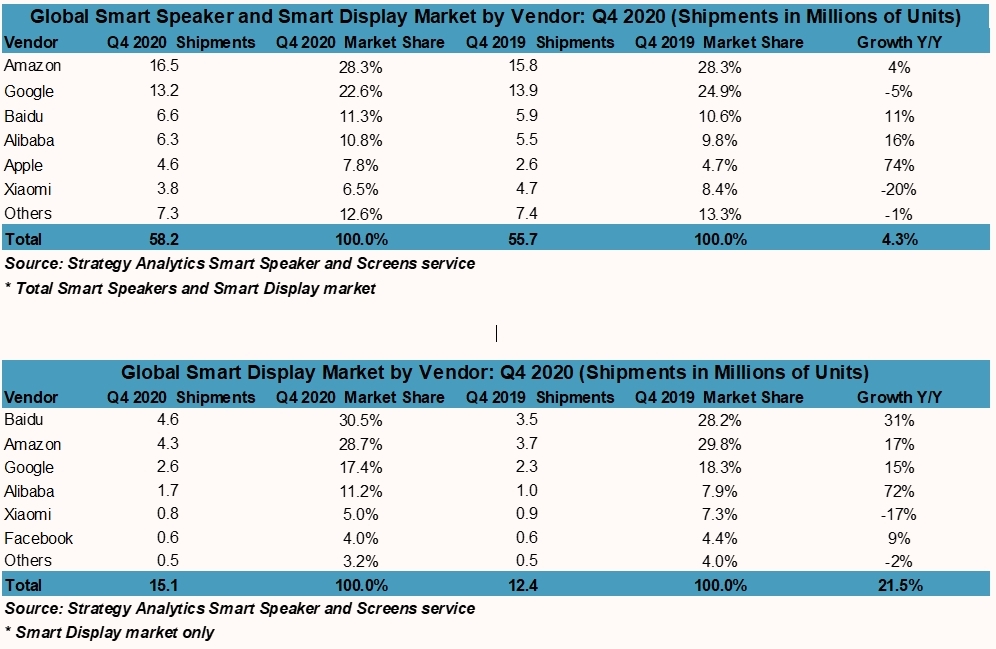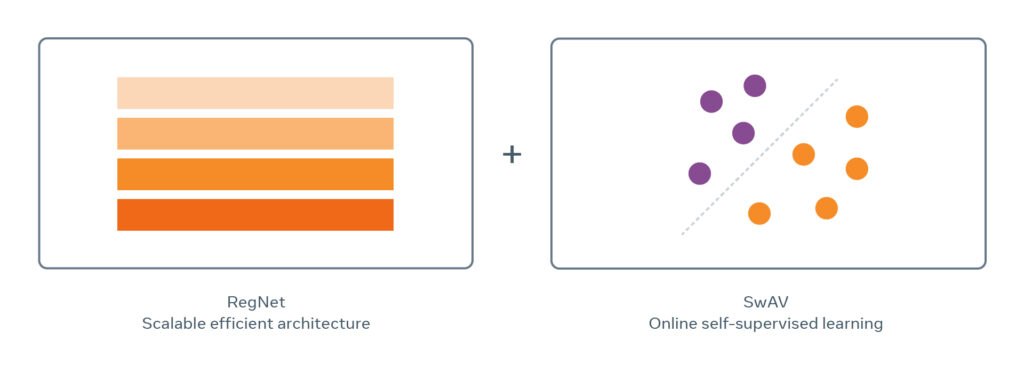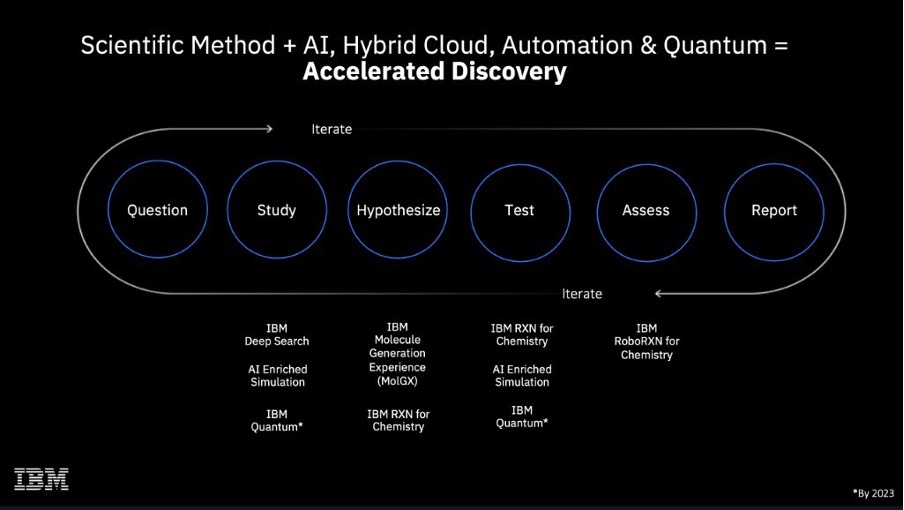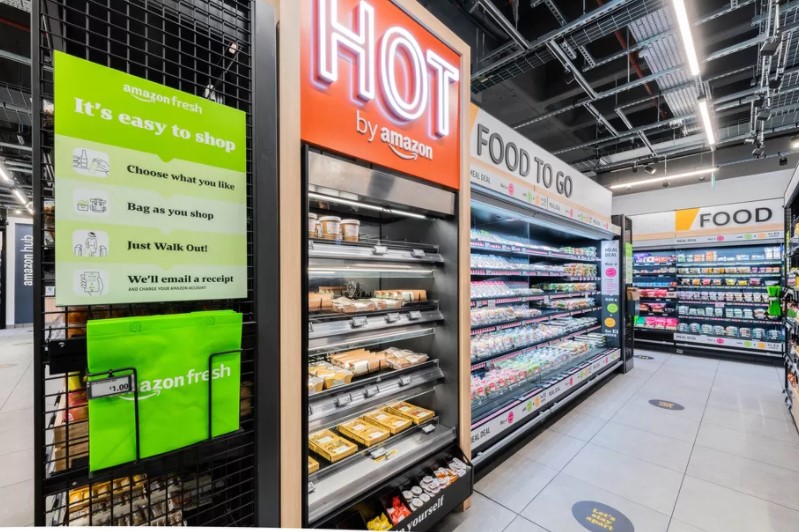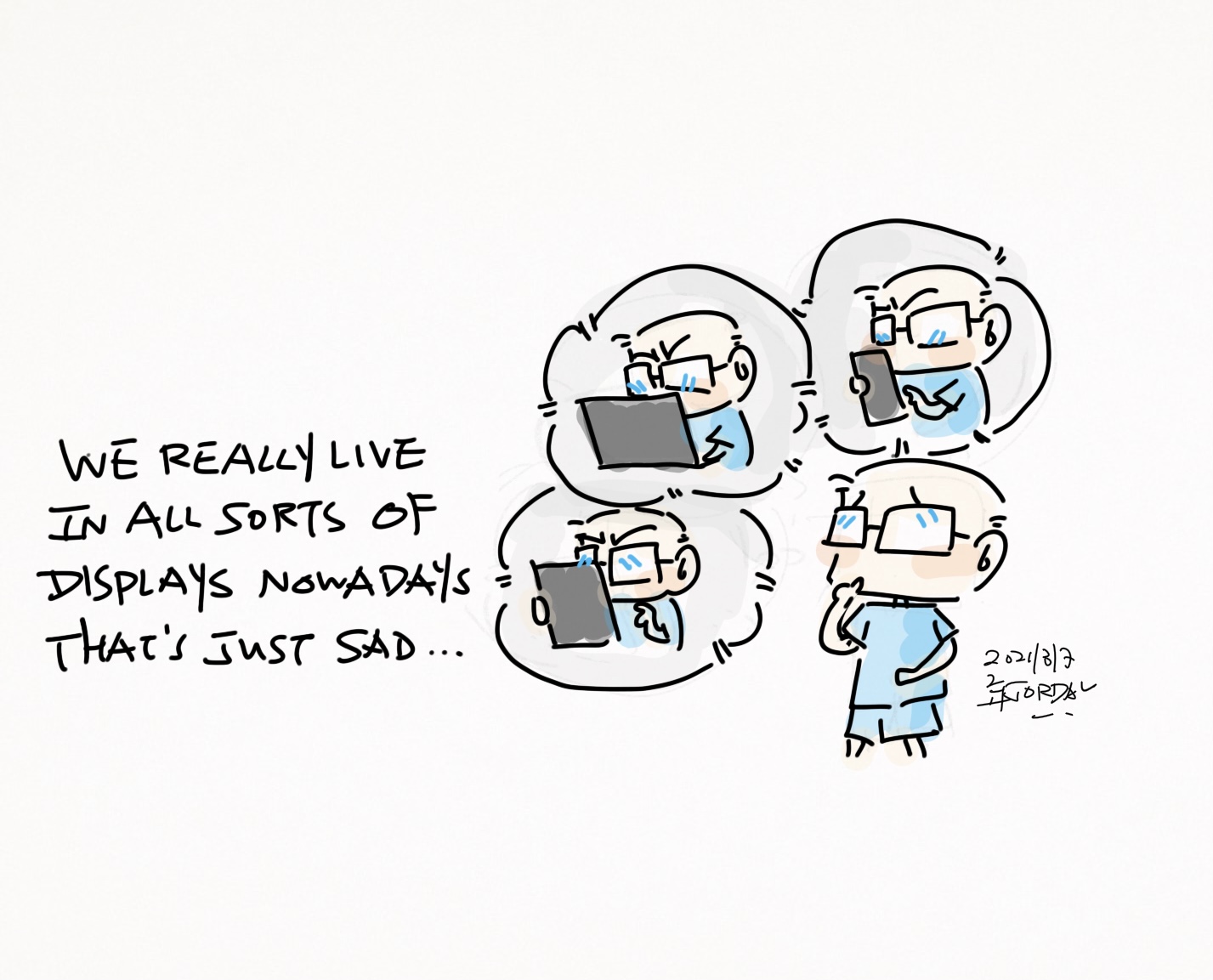
3-7 #MultiDisplays : TCL has established a semiconductor business unit; TCL has said that the supply and demand of display are expected to be tight in 1H21; SpaceX has launched another batch of its Starlink satellites; etc.
NXP Semiconductors announces the expansion of its EdgeVerse portfolio with its crossover applications processors, including i.MX 8ULP and i.MX 8ULP-CS (cloud secured) Microsoft Azure Sphere-certified families, as well as next-generation i.MX 9 series of high performance intelligent applications processors. (Liliputing, NXP)
TCL founder Li Dongsheng has revealed that TCL Technology has established a semiconductor business unit to look for investment opportunities in the integrated circuit industry. He has said that TCL is ready to look for opportunities in 3 areas in the semiconductor field. The first is semiconductor power devices. (Laoyaoba, Caijing, Sohu)
The major suppliers of WFE (wafer fab equipment) in the US are progressing smoothly in the application for license from the US government for the exportation of equipment systems, equipment parts, and customer services for 14nm and above processes to Chinese foundry SMIC. The US-based equipment suppliers that are applying for the license include Applied Materials, Lam Research, KLA-Tencor and Axcelis. TrendForce believes that as some support from US-based equipment suppliers is forthcoming, SMIC should be able to continue its efforts in the optimization of the mature process modules and overcoming production bottlenecks to avoid a scission in raw materials and spare parts, and predicts the company to sit at a global market share of 4.2% in 2021. (Laoyaoba, TrendForce, TrendForce)
TCL founder Li Dongsheng has said that the supply and demand of display are expected to be tight in 1H21. He has explained that the display industry, like the integrated circuit industry, is very cyclical. In 1H20, display are still very difficult. In 2H20, the entire display industry is recovering rapidly. This trend will continue until 2021. (Laoyaoba, Sohu, 163, BK Economy)
TCL founder and chairman Li Dongsheng has revealed that the acquisition of Suzhou Samsung LCD factory and expected to be completed in Mar 2021, and the integration work will officially begin in 2Q21. Actual production will increase by 30% year-on-year. TCL CSOT acquired Samsung Display’s assets in Suzhou, China, including a Gen-8.5 fab and a co-located LCD module plant. Under the deal, TCL will pay Samsung more than USD1B. TCL will acquire Samsung Display’s 60% equity in Suzhou Samsung Electronics LCD Technology and 100% equity of Suzhou Samsung Display. (Laoyaoba, 163, FPDisplay, DSCC)
The value of lithium reserves at a salt lake in Argentina, which South Korean steelmaker POSCO acquired for USD280M in 2018, is estimated to have more than doubled to KRW35T (USD31B) at the current market price, in addition to its far larger-than-expected amount of reserves. Prices of lithium carbonate, or lithium salt, have spiked to USD11,000 per ton in China’s spot market as of Feb 2021, versus USD5,000 in Jul 2020. (My Drivers, Pulse News, Business Korea)
General Motors (GM) is exploring building a second U.S. battery cell manufacturing plant with its joint-venture partner, Seoul, South Korea-based LG Chem. The company’s joint venture with LG, Ultium Cells LLC, is already at work constructing a USD2.3B battery cell manufacturing facility in Lordstown, Ohio. It is expected to open in 2022 and eventually supply enough batteries to power hundreds of thousands of vehicles annually. (TechCrunch, WSJ)
South Korea’s SK Group has said it will invest KRW18T (USD16B) over the next 5 years to develop the domestic hydrogen energy industry. SK E&S, an energy company of the SK Group, will invest KRW5.3T by 2025 to establish the world’s largest clean hydrogen energy production base in South Korea. (Laoyaoba, Asia Nikkei, Fuel Cells Work)
SpaceX has launched another batch of its Starlink satellites — the usual complement of 60 of the low Earth orbit spacecraft, which will join the more than 1,000 already making up the existing constellation. This is the fifth launch of Starlink satellites for SpaceX in 2021, and the twentieth overall. The company plans to launch more than 30,000 to fully build out its network capacity and speed.(TechCrunch, CNBC)
According to Strategy Analytics, 5G comprised less than 1% of IoT connections in 2020 but will rise to 40% of all the overall connections by 2030. The majority of 5G connections will not be significant until 2026, with 4G remaining the dominant technology over the forecast period. Strategy Analytics expects similar connection growth rates in 2021, with the pandemic highlighting the need for investment in telehealth, especially remote patient monitoring, and diagnostics. (Strategy Analytics, Laoyaoba)
It has been 6 years since Gree released its first smartphone. Gree Electric has launched a number of smartphones. Dong Mingzhu, chairman and president of Gree Electric, has said, “I want to make a mobile phone, it is too easy”. Gree Electric has responded that the launch of 5G mobile phones is a corporate deployment, and the Gree brand is replaced by the Dasong brand to better promote Gree’s secondary sub-brands to the foreground. (CN Beta, Sina)
The smartphone market in Mainland China finished 2020 with 84M units shipped in 4Q20, declining 4% YoY. That meant for the full year, the China market declined 11% to arrive at just over 330M units, as market recovery was stalled by the rapid deterioration of Huawei’s performance as a result of US sanctions. For 4Q20, Huawei (including Honor) managed to ship 18.8M units, and its market share declined to 22% from 41% in 3Q20. OPPO rose rapidly into second place, shipping 17.2M smartphones, growing 23% YoY. (CN Beta, Canalys)
IDC reports the EMEA market volume in 2020 contracted 4.2% in units YoY, dropping to a total of 345.2M. The market’s value likewise declined, by 4.6% YoY, to around USD110B. In Europe, IDC has found that the market suffered a 4.9% slump YoY in unit terms, falling to 195.2M. The market lost 3.0% in value YoY, declining to USD82.4M. (CN Beta, IDC)
OPPO A94 is announced in UAE – 6.43” 1080×2400 FHD+ OLED HiD, MediaTek Helio P95, rear quad 48MP-8MP ultrawide-2MP macro-2MP monochrome + front 32MP, 8+128GB, Android 11.0, fingerprint on display, 4310mAh 30W, expected QAR1,099 (USD301). (CN Beta, GSM Arena, OPPO)
vivo Y31s Standard Edition is launched in China – 6.51” 720×1600 HD+ v-notch, MediaTek Dimensity 700, rear dual 13MP-2MP depth + front 8MP, 6+128GB, Android 11.0, 5000mAh 18W, side fingerprint, CNY1,699 (USD261). (Gizmo China, Money Control, vivo)
Impacted by the COVID-19 pandemic, global smartwatch shipments in 4Q20 saw a slight YoY decrease to book an almost flat 2020, according to Counterpoint Research. In a year where annual growth inched forward at only 1.5%, Apple maintained its solid number one position and increased its market share by 6p.p., helping shift the overall market closer to the premium segment. The Apple Watch Series 6 and SE did well, shipping 12.9M units and accounting for 40% market share in 4Q20. (Laoyaoba, Counterpoint Research)
Austrian TV brand C SEED has launched the world’s first 165” foldable TV M1. The C SEED M1 TV uses a 165” 4k Micro LED screen and is positioned as a luxury high-end, priced at USD400,000. M1 TV is equipped with a 4K Micro LED screen, supports HDR Plus (High Dynamic Range) technology, has a brightness of 1000nits, and a refresh rate of 1920Hz. (CN Beta, C SEED, Gizmo China, New Atlas)
Global smart speaker sales reached a record level in 2020 in spite of the challenging conditions precipitated by the Covid-19 pandemic, according to Strategy Analytics. New model introductions from Apple, Amazon, Google, Alibaba and Baidu, that hit the market in time for the all-important holiday shopping season, contributed to a positive end to a difficult year. Smart displays accounted for 26% of the total smart speaker market during 4Q20, up from 22% in 4Q19. The growing availability of models across different sizes and price points is contributing to strong growth for smart displays. (Strategy Analytics)
Facebook’s new, large-scale computer vision model SEER (“SElf-supervised”) is on over 1B public images on Instagram. It can outperform the most cutting-edge self-monitoring image-recognition system, even when the images are of low quality and thereby difficult to read. Facebook claims it paves the way for more flexible, precise, and adaptable computer vision models. (Digital Trends, Facebook, Sina, 163)
IBM has announced the launch of the Molecule Generation Experience (MolGX), a cloud-based, AI-driven molecular design platform that automatically invents new molecular structures. MolGX, a part of IBM’s overarching strategy that aims to accelerate the discovery of new materials by 10 to 100 times, uncovers materials from the property targets of a given product. VentureBeat, Business Insider, IBM)
Amazon has opened its first cashier-less store outside of the US with a new Amazon Fresh location in London, UK. The store uses the company’s Just Walk Out technology, which allows customers to pick items off shelves and take them out of the store without having to stop and pay a cashier. Billing is handled automatically, but requires customers to scan their Amazon app to enter. (CN Beta, BBC, Amazon, CNN, The Verge)


